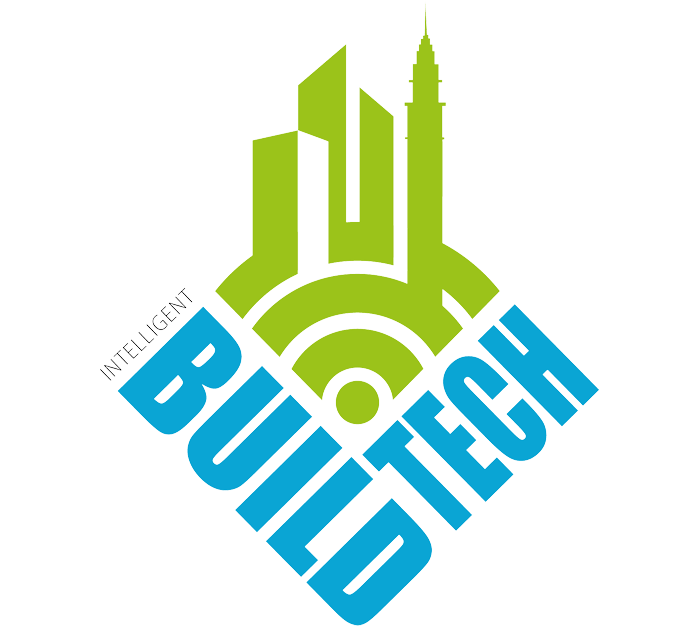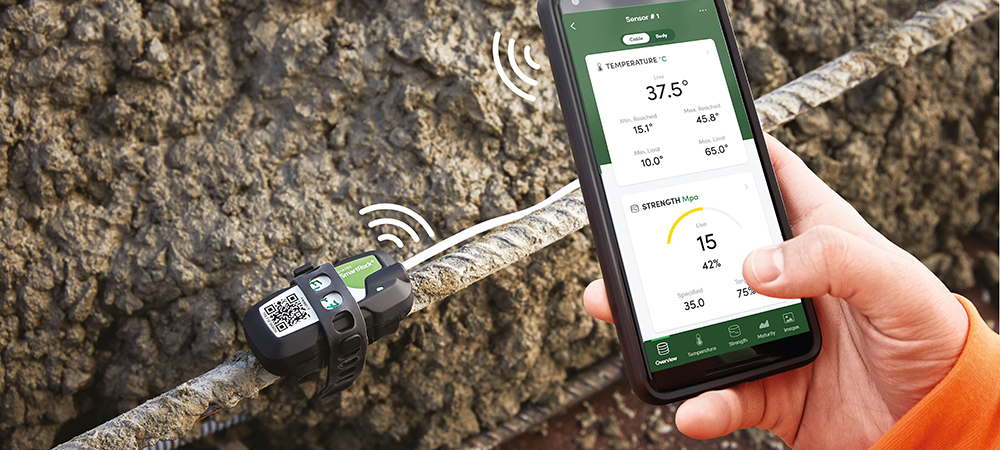In this article by Andrea Arellano, Content Marketing Associate at Giatec, we explore how advanced temperature monitoring solutions tackle the challenges of mass concrete in modern construction. Discover the pivotal role of technology in ensuring structural integrity and efficiency.

In the modern construction era, the use of mass concrete elements has been essential when building large structures such as heavy civil, dams, large bridges, piers and transfer beams, just to name a few. Mass concrete is typically defined as any volume of concrete with dimensions large enough to require that measures need to be taken to cope with generation of heat from the hydration of the cement and attendant volume change to minimise cracking. Likewise, smaller structures may also be categorised as mass concrete depending on several factors, such as type and quantity of cement, volume-to-surface ratio of the concrete, weather conditions, concrete placing temperatures, degree of restraints to volume changes and the effect of thermal cracking on function, durability and appearance.
The challenges of mass concrete
In order to achieve a structurally sound mass element, there are a lot of subtleties, technical knowledge and experience required in terms of design, placement and monitoring. The main challenge with mass concrete applications is related to the high heat conditions that the internal area of the element is subjected to. Contractors know that it is of the utmost importance to ensure that the maximum concrete temperature will not exceed specific limits and that the temperature differential will not cause thermal stress. Therefore, it is essential to know if the element will be subjected to high heat generation or not.
To ensure that mass concrete properly cures to reach adequate strength, it must be poured when the ambient temperature is between 10-16 °C (50-60 °F). If the temperature is too low, the chemical reactions that strengthen the concrete slow down significantly and, at a certain point, come to a complete stop. If the temperature is too high, it will cause the concrete to have high early strength development but consequently gain less strength in the later stages, resulting in lower overall durability of the structure. Generally, a concrete temperature is limited to 70°C (160°F) during hydration. If the temperature of the concrete during hydration is too high, it will cause the concrete to have high early strength development but consequently gain less strength in the later stage, resulting in lower durability of the structure overall.
As concrete hydrates and hardens, it generates heat. Due to the difference between the structure’s core temperature and surface temperature, significant tensile stresses and strains are likely to develop during the process of building mass concrete structures. This difference is known as the temperature differential. The likelihood of thermal cracking increases as the inner core of the mass concrete continues to heat while the outer surface of the concrete cools. Without monitoring temperature differentials in mass concrete, contractors and project managers could run into serious problems such as cracking, reduced service life, project delays and noncompliance. These problems can make it hard to have a sustainable concrete construction.
Using advanced monitoring technology to ensure concrete quality
On construction sites, temperature differentials of mass concrete are traditionally measured using thermocouples or data loggers. Unfortunately, using these tools to collect data and subsequently analyse the data on a computer becomes quite time-consuming, which negatively impacts a project’s schedule. Luckily, contractors and engineers can take advantage of advanced technology that monitor concrete temperatures and strength. One such technology is SmartRock, an easy-to-install wireless concrete sensor with innovative dual-temperature functionality. This award-winning sensor, used in over 12,000 projects worldwide, is installed on the rebar before a mass concrete pour and enables the measurement of concrete temperatures in two locations simultaneously.
SmartRock offers precise real-time temperature readings for mass concrete pours at the surface and center of the concrete slab. These readings are sent in real-time to the sensor’s mobile app, allowing users to access their concrete data anytime, anywhere, onsite or off. Most recently, the SmartRock sensors were used in the Stroud Sewerage Strategy, the project led by Severn Trent in the UK’s Midlands. Executed by Galliford Try, the construction phase involved building a new Combined Sewer Overflow (CSO) in Stroud, Gloucestershire. The project aimed to enhance sewer capacity and storm storage while reducing flood risks by transferring flows to the new CSO site. Facing the challenge of efficient concrete pouring for the second trunk sewer, Galliford Try adopted SmartRock to effectively monitor real-time temperature to validate their temperature differentials from the core relative to the surface. The user-friendly design and wireless capabilities of the sensors significantly improved operational efficiency, resulting in a 50% increase in productivity. Likewise, Galliford Try successfully navigated the construction phase, highlighting the pivotal role of SmartRock in achieving its project goals.
Revolutionising construction, one mass concrete element at a time
The contemporary landscape of construction has made the integration of mass concrete elements indispensable to move the industry forward. However, achieving robust structures requires that concrete temperature remains within prescribed limits to avert thermal stress to assure safety and quality. To overcome these challenges in mass concrete, real-time monitoring of temperature is now streamlined with innovative solutions like SmartRock, the advanced sensors that offer precise, wireless monitoring, exemplified in projects like the Stroud Sewerage Strategy, where SmartRock facilitated efficient concrete pouring and boosted productivity. This underscores the pivotal role of technology in achieving project objectives in modern construction endeavors.




